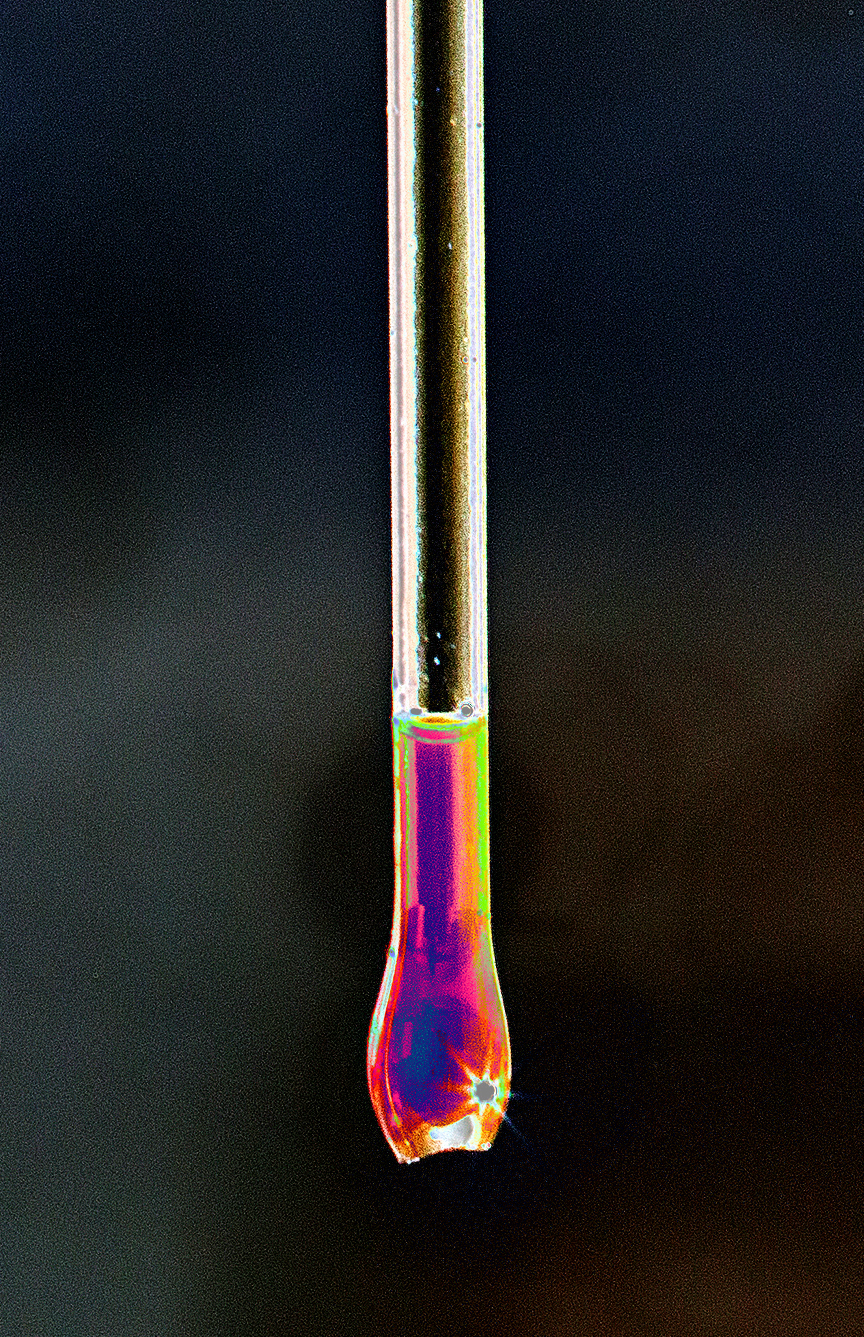Neurotoxin spotted in NSW
 Researchers have found significant levels of the neurotoxin BMAA in NSW water supplies.
Researchers have found significant levels of the neurotoxin BMAA in NSW water supplies.
BMAA, thought to be associated with a higher incidence of neurodegenerative disease, was found at detectable levels in 89 per cent of samples taken from eleven freshwater sites from across NSW.
BMAA (β-methylamino-L-alanine) is a toxin produced by cyanobacteria, more commonly known as blue-green algae.
Blue-green algal blooms are a regular feature of Australian inland waterways and are increasing due to nutrient run-off, reduced river flows and climate change.
The toxin was first linked to neurodegenerative disease in the 1940s and more recent global studies have implicated BMAA in an increased incidence of amyotrophic lateral sclerosis (ALS)/motor neuron disease (MND) worldwide.
A team from the University of Technology Sydney took to lakes, streams, creeks and dams across the state, taking samples to see if it was possible to isolate the cyanobacterial species and create single species cultures that could be tested for these toxins.
Earlier studies by the same research team showed that BMAA, and one of its toxic isomers 2,4-DAB, were present in scum samples from Australian freshwater sites but this is the first time the cyanobacterial species responsible for toxin production have been identified.
From the samples in this study, the primary researcher, Jake Violi, was able to establish 19 single-species cyanobacterial cultures and extract the amino acids for analyses.
The team used a highly sensitive analytical method known as liquid-chromatography-tandem mass spectrometry to analyse the samples for the toxins.
Of the 19 cyanobacterial isolates, 89 per cent had detectable levels of BMAA and the toxin was detected in at least one culture isolated from each location.
Some sites sampled included Anzac Creek in Sydney, Lake Wyangan near Griffith and Lostock Dam in the Hunter Region.
“This shows the prevalence of BMAA in Australian freshwater environments and reflects results from overseas studies,” Mr Violi said.
The researchers suggest more monitoring and analysis so that safe levels can be determined and guidelines established.








 Print
Print